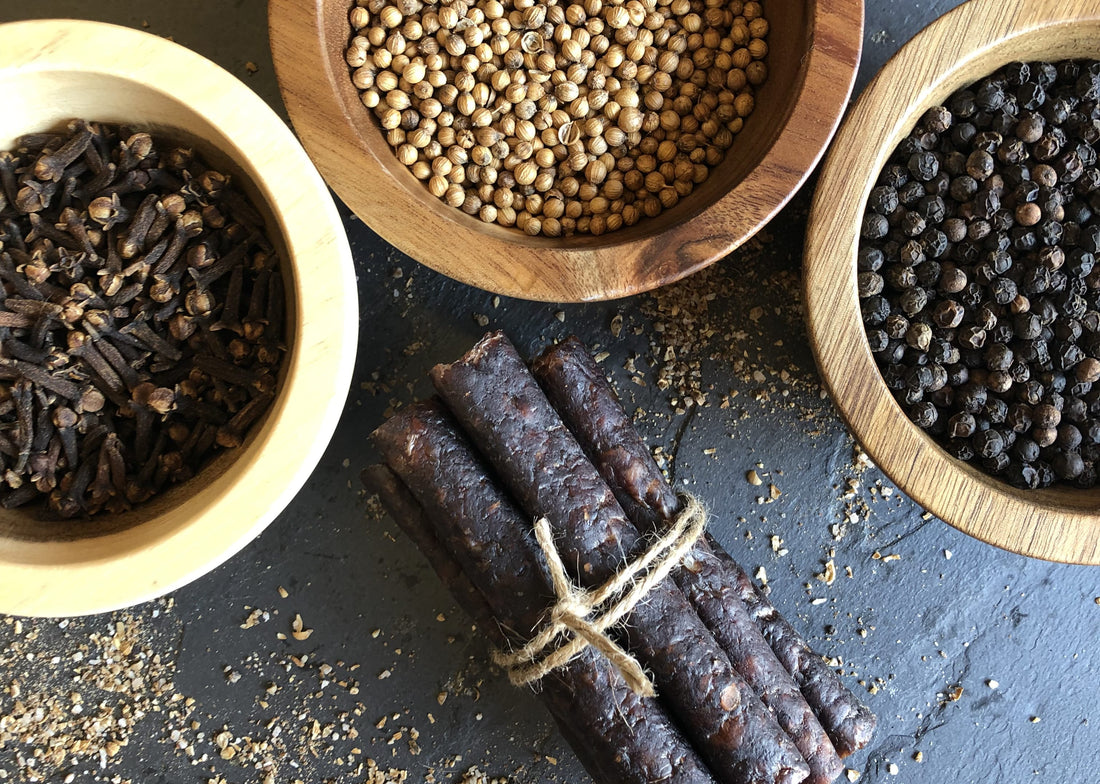
How a Low FODMAP Diet May Improve Your Quality of Your Life!
Share
Have you heard of FODMAPs? Well if you haven't, chances are you're not the only one in the room that hasn't. FODMAP is an acronym for "Fermentable Oligosaccharides, Disaccharides, Monosaccharides and Polyols." Still confused? Let's break it down in laymen's terms. FODMAPs are carbohydrates that the human body is unable to digest; therefore, instead of entering your bloodstream, FODMAPs travel to the end of your intestine where most of the bacteria in you gut likes to hangout. As a result, your gut bacteria uses FODMAPS for energy and can cause numerous negative symptoms for people with sensitive digestive tracks (especially individuals with Irritable Bowel Sydrome - IBS). These symptoms can include diarrhea, constipation, bloating, nausea, stomach cramps, and gas.
The most common types of FODMAPS are Fructose (sugar), Lactose (a carb found in dairy products), Fructans (grains such as wheat, rye and barley), Galactans (legumes) and Polyols (sugar alcohols often found in sweeteners).
So can a low FODMAP diet help or even cure common digestive disorders? According to a NIH study, 75% of people with IBS experienced positive benefits from a low FODMAP diet. Many patients experienced impressive improvements in their gut health, resulting in major improvements in their quality of life. Some patients experienced psychological benefits as well. Problematic issues with digestion are directly linked to depression and anxiety.
So What Foods Can I Eat on a FOODMAP Diet?
It is almost impossible to rid your body of all FODMAPs. Thus, the main crux of the FODMAP diet is to reduce the amount of FODMAP carbs your body ingests. Just by minimizing these types of carbs in your diet, can help reduce and/or relieve your digestive issues.
The type of foods you can eat on a low FODMAP diet include:
- Meat, fish and eggs (this includes Ayoba Biltong & Droewors)
- Vegetables
- Most herbs and spices
- All fats and oils
- Nuts and seeds (stay away from pistachios as they are high in FODMAPS)
- All fruits except watermelon
- Lactose free dairy products
- Certain grains like quinoa, corn, oats and tapioca
- Water, tea and coffee
But like all diets, we highly suggest you seek the advice of your doctor before adhering to the FODMAP diet.
